Peter Gleick: Bottled Water Labels With No Useful Information

Today, the U.S. Congress held a hearing on bottled water in the House Energy and Commerce Subcommittee. Among other things, witnesses testified that labels on bottled water could be far more informative to consumers. I’ll say. The labels on bottled water in the United States are a combination of disinformation, misinformation, and no information. That leads to today’s Water Number.
Water Number: Zero
This is the amount of calories, fat, cholesterol, sodium (more on that below), carbohydrates, and protein reported on the labels of bottled water. It is also the amount of useful information provided on the label.
In the U.S., bottled water is regulated by the U.S. Food and Drug Administration, and as a result, its required label is the same as the other food products the FDA regulates (label shown here).
No calories, no fat, no cholesterol, no sodium, no carbohydrates, no protein…Well, duh. These things aren’t found in water. But there are always minerals in water (except distilled water, which you do NOT want to drink). Take salts, for example. All waters have some dissolved salts in the form of naturally occurring sodium, calcium, or potassium. But the FDA permits bottlers to say “0 Sodium” (like the label shown here) even if there are naturally occurring salts. The complex mixes of minerals in water determine the taste, and many expensive “mineral” waters, especially in Europe, brag about the different levels of natural minerals, which vary enormously from brand to brand. But here in the U.S., we don’t require that real information on actual mineral content be included.
The U.S. also doesn’t require information be provided on where the water comes from, such as the actual spring or groundwater aquifer or municipal system. We don’t require the label to include information on how the water was treated before being put in the bottle, or the results of water-quality tests (a whole different topic), or even how consumers could get that information from the web or the bottlers themselves.
Finally, bottled water companies are permitted to brand their product with almost any name or picture, no matter how misleading. We thus have “Yosemite” bottled water from a municipal source in Los Angeles, “Everest” water from Texas, and all sorts of “Arctic” or “Glacier” brand waters from Florida and other places about as far removed from the Arctic or glaciers as one can get.
In short, it is time for fundamental and rapid reform of bottled water labeling in the U.S., as well as overall regulatory reform on quality rules, monitoring, testing, etc. To learn more about bottled water, stay tuned for my book on bottled water to be released late this year by Island Press. In the meantime, bottled water buyers beware.
Dr. Gleick’s blog posts are provided in cooperation with the SFGate. Previous posts can be found here.


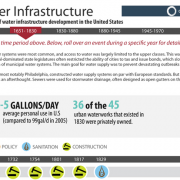
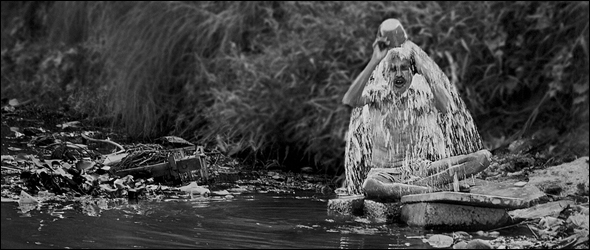
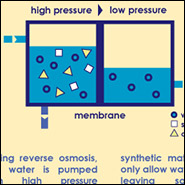
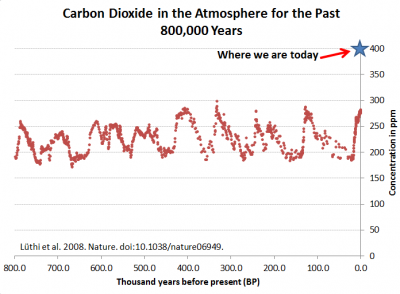



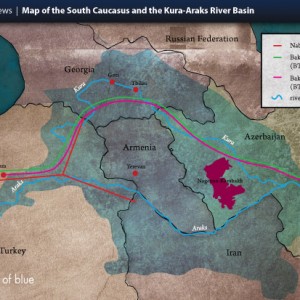
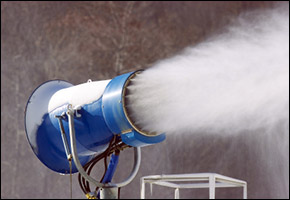
Thanks for sharing this article. I believe that the U.S. should really be strict in regulating those bottled water that are being sold in the market. The circulating news that says there are chemicals that are being mixed in the bottled water are very alarming and can be dangerous to health.